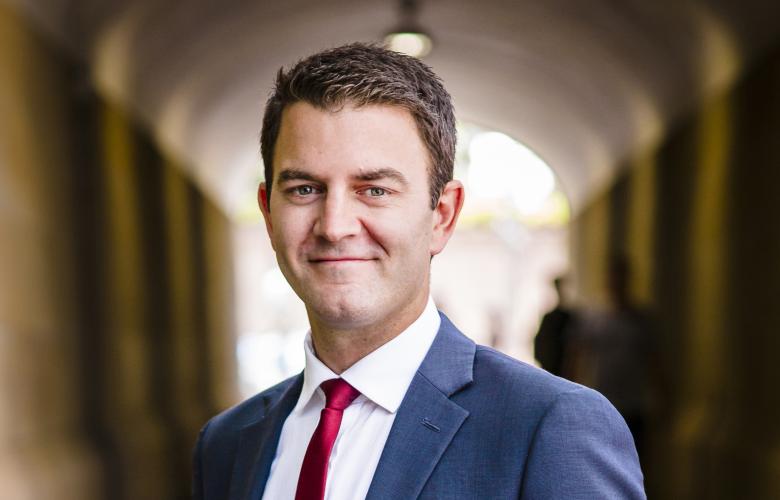Sydney and Melbourne leading two-speed office economy, says LJ Hooker
Contact
Sydney and Melbourne leading two-speed office economy, says LJ Hooker
Sydney and Melbourne’s CBD office markets continue to underline the nation’s two-speed economy, but floorspace is being absorbed in resource-rich states, according to LJ Hooker Commercial’s recently released Office Market Monitor.
CBD landlords in Sydney are tipped to ride premium returns for at least another three years, according to new research from LJ Hooker Commercial.
The company's Office Market Monitor has revealed investors were spurred by Sydney’s affordability compared to other financial centres in the Asia-Pacific throughout the past 12 months, as well as the tenant-demand stemming from the robust state economy
The research also showed while double-digit vacancy rates were recorded in Brisbane’s (13.2 per cent), Adelaide’s (14.2 per cent) and Perth’s (18.5 per cent) CBDs, all showed positive signs of recovery over the last 12 months.
At a glance:
- LJ Hooker has released its Office Market Monitor, showing signs of recovery in the Brisbane, Perth and Adelaide office markets throughout the past 12 months.
- The New South Wales and Victorian capitals recorded 4.1 per cent and 3.2 per cent vacancy rates in the CBD, respectively.
- According to LJ Hooker Commercial Managing Director Mathew Tiller, there is "at least three years of positive territory for Sydney's office market.
Net face rents in Sydney’s CBD ($1,150psm) were forecast to hold steady or possibly increase for landlords until 2023, when the CBD would welcome new additions.
According to the report, conditions were even tighter in Melbourne, where the CBD absorbed 135,000sqm of office space in 2018 – its strongest result post-GFC. Investors pushed yields to 4.9 per cent.
The New South Wales and Victorian capitals recorded 4.1 per cent and 3.2 per cent vacancy rates in the CBD, respectively, the Monitor showed.
LJ Hooker Commercial Managing Director Mathew Tiller said there was optimism in office markets on the back of the stock market reception to the election.
“The first day of trading after the Coalition’s surprise re-election recorded a $33 billion rally on the stock market, highlighting the confidence the result inspired,” said Mr Tiller.
“That confidence has been felt for some time in the foyers of office towers across Sydney and Melbourne’s CBDs.
“Tenants still hold the upper hand in Brisbane, Adelaide and Perth, but we’re seeing conditions turn there; the worst may be behind them which will be welcome news for CBD landlords. These cities would benefit from tailored incentives from the Morrison Government.”
Sydney’s white-collar workforce grew by 2.8 per cent in 2018 with jobs created in finance and insurance, property and business services.
“There's still at least three years of positive territory for Sydney’s office landlords at which time there’ll be moderation in rents as the supply pipeline starts to take effect,” Mr Tiller said.
“Melbourne yields are likely to firm further in the CBD with the forecast for rental growth strong from next year.”
Mr Tiller said there was optimism that conditions would further improve in Brisbane, Adelaide and Perth over the coming year.
“Brisbane’s CBD vacancy rate contracted by 3.2 per cent which was a positive sign for the marketplace, albeit due to a flight to quality from the fringe.
“In Adelaide, the vacancy rate has dropped 200bps since the peak two years ago.
“Whilst occupancy in Perth’s CBD is still high, it’s improved significantly in the last 12-18 months on the back of mining activity and we’re hearing encouraging reports of fringe office transactions.”
Outside of Sydney’s CBD, sales in Parramatta, North Sydney, Chatswood and other suburban markets combined for $2.5bn in transactions.
Net face rents for A-grade in North Sydney were $820psm and $555psm in Parramatta.
Similar to this:
Share market rally the early indicator for commercial property - LJ Hooker
Colliers International puts Melbourne Chinatown property up for sale
JLL Office Market Report Reveals Decline in Office Space Sales







